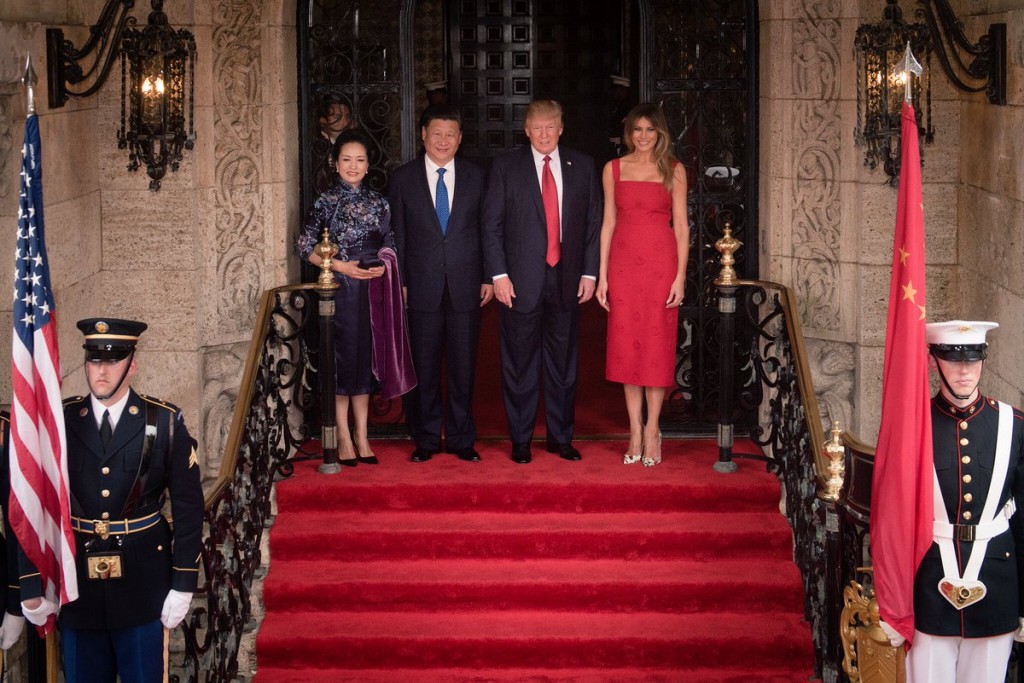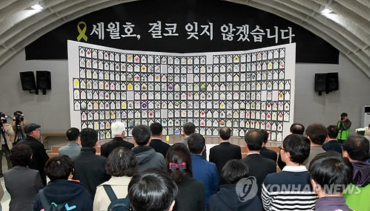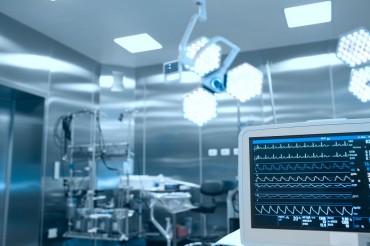
Xi’s blunder reminds many in South Korea of the controversy surrounding the Northeast Project, which many saw as China’s effort to rewrite the history of Goguryeo, a region that plays an important role in Korean history. (Image: Wikimedia Commons)
CHINA, Apr. 21 (Korea Bizwire) — U.S. President Donald Trump’s remarks in an interview with the Wall Street Journal after a recent meeting with Chinese president Xi Jinping that “Korea actually used to be a part of China” have come under fire.
Questions mounted over Xi’s comments during a briefing held by the Chinese Foreign Ministry. Instead of giving a clear answer however, the spokesman’s indirect response that “there is nothing for South Koreans to worry about,” is adding fuel to the fire of growing fears over China’s revisionist view of the history between the two countries.
Xi’s blunder reminds many in South Korea of the controversy surrounding the Northeast Project, which many saw as China’s effort to rewrite the history of Goguryeo, a region that plays an important role in Korean history.
Though the backlash in South Korea seemed to have stopped a Chinese government-backed group’s effort to rewrite the history of ancient Chinese influence in its northeast region in 2007, South Korean researchers have recently reported that revisionism on the local government level is still prevalent in China.
Last Month, Yonsei University professor Park Jung-hyung and professor Lee Sang-hoon from Kyungpook National University said Goguryeo is increasingly being seen as part of Chinese history since the Northeast Project was conducted in China.
The professors arrived at their conclusion after analyzing books regarding the military history of Goguryeo released between 2001 and 2015, all of which were published by companies located in Jilin Province.
The five-year Northeast Project, a research initiative launched in 2002 by the Chinese Academy of Social Sciences and the provincial governments of Jilin, Heilongjiang and Liaoning, officially ended in 2007.
“Previously, the general knowledge was that Goguryeo was considered as being on similar footing to the Tang Dynasty, or that the Tang Dynasty conquered Goguryeo,” said Park.
“Since the Northeast Project however, Goguryeo has been treated as part of the Tang Dynasty with some books excluding the word ‘Tang’ in titles to implicate that the two were the same country.”

The five-year Northeast Project, a research initiative launched in 2002 by the Chinese Academy of Social Sciences and the provincial governments of Jilin, Heilongjiang and Liaoning, officially ended in 2007. (Image: Yonhap)
“China’s growing revisionist view of history is also related to the deployment of a THAAD missile system in South Korea, as China plots to exercise influence over North Korea in case the Kim regime collapses,” Park added.
Contrary to China’s efforts to turn to soft power to expand its influence in other countries, its recent economic retaliation and revisionist historical views regarding South Korea are drawing criticism instead of building bridges.
M.H.Lee (mhlee@koreabizwire.com)







chinas been revisionist for almost 50yrs now